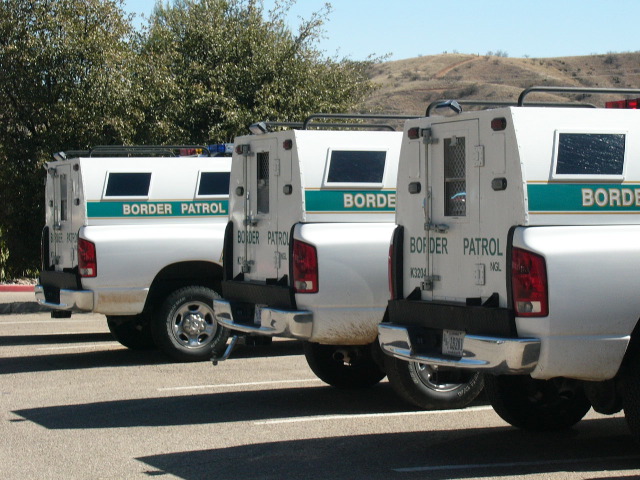|
Border Links |
|
| Return to Cameron's Home Page |
On February 25 our class took trip to Nogales, Mexico to study migration issues. The group met with Border Action Network, The border patrol, visited a maquiladora and a community center. I found that in talking to many groups I left with more question than I had when I arrived. I was also aware that the groups were not being entirely honest on either side of the issues. The first group the class met with is a non government organization know a as the border action network. Their representative Jen Allen mostly expressed her groupís concern about the vigilante groups operating in the border area. The speaker presented a lot of interesting information but she also seemed to base some of her decisions on emotion. At one point the presenter claimed that all of the vigilante groups were really racist groups because they had traced back their funding to white supremacist groups. In the reading it seemed to me that some, but not all, of the groups had more in common with mercenaries than they did with hate groups. Ms. Allen stated this and gave very little proof to back it up this led me to view the group with more suspicion especially after the group was evasive about its own funding. The speaker also made statements that over generalized and stereotyped other groups. She referred to the border patrol as murderers, thugs, and rapists and then only provided scant anecdotal evidence. While some of the information was valuable I felt I had to dismiss much of it because I had questions about how reliable it was.
Our group then met with a border patrol agent who basically informed us of the role that they play in the enforcement of the law around the border. The border patrol agent was not willing to discuss the larger issue s surrounding immigration because their role in the situation is limited to the enforcement of the laws. It was interesting to see how the border patrol does it jobs but the information boiled down to the standard party line. I believe it would have been more insightful t talk to border patrol agents when they were off duty and could speak freely about the situation. The group then visited a maquiladora. The most significant thing about the maquiladora trip, is that it was nothing like what I have read and believed them to be. The conditions in the factory were very clean and the people seemed t o be treated well even if they were not getting paid very well. I donít know if that particular maquiladora is representative of all maquiladoras. I donít believe that it is because there would not be some much written about the maquiladoras if they were pleasant places to work. I believe that the best
interview of the trip was with Kiko Trujillo. Mr. Trujillo was head of the
Border links community center in Nogales. Mr. Trujillo was very open about
his beliefs whereas many of the other groups either wouldnít or couldnít
talk about how they really felt. I think what I found most interesting
about Mr. Trujillo was that he was the only person who talked about what
Mexico could do about migration. Mr. Trujillo seemed to be more
interested in how his country would fix problems at home that led to
migration. The idea that Mexico should be building Mexico for Mexicans
while basic, is seldom represented in our reading or in discussions of
migration. The issue always seems to center around what the United States
can do. After a day of beguilement I enjoyed Mr. Trujilloís honesty. The trip to Mexico was meant to answer questions about migration. The interviews with the Border Action Network and the Border Patrol left me wanting more honesty. The trip to the maquiladora left me questioning what Iíve read so far. The interview with Mr. Trujillo brought to light what should be a main point of discussion in any migration discussion. I thin the most important question the trip answered for me is to partially explain why this problem of migration is so difficult to understand.
|
| Return to Migration and Culture Homepage. | |


